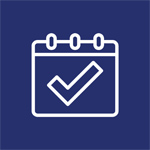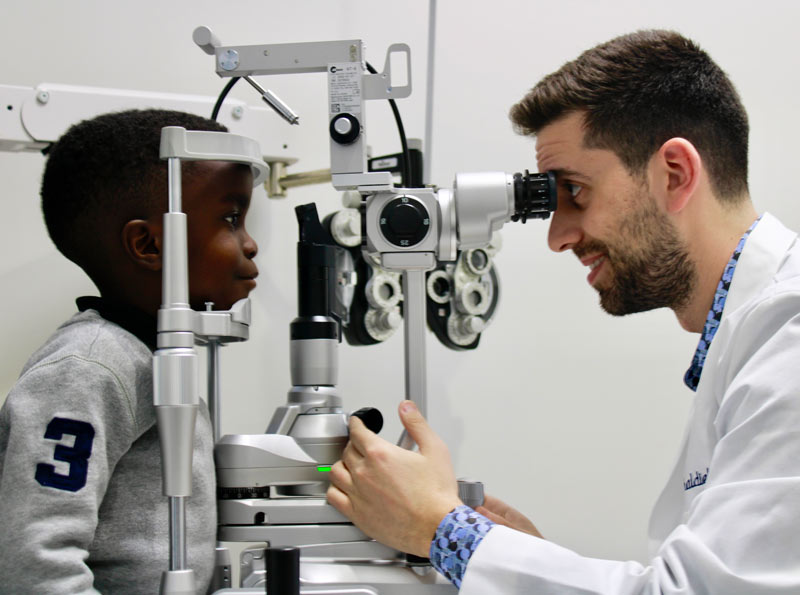Pediatric Eye Exam
Herndon, VA
At Beyond Eyecare, we provide pediatric eye exams in Herndon for children of all ages. Regular eye exams are important for children since their eyes can change significantly in as little as a year as the muscles and tissue develop. Good eyesight is critical for a child’s life and achievements since success in school is closely tied to eye health.
School demands intense visual involvement, including reading, writing, using computers, and blackboard/smartboard work. Even physical activities and sports require strong vision. If their eyes aren’t up to the task, a child may feel tired, have trouble concentrating, have problems in school, or have difficulty playing their favorite games which may affect their overall quality of life.
When to perform a pediatric eye exam
According to the American Optometric Association, a child should have an initial exam between 6 and 12 months old, once between 3-5 years old, and then yearly starting in the first grade, unless otherwise recommended.
For a newborn, an optometrist should examine the baby’s eyes and perform a test called “red reflex test” which is a basic indicator that the eyes are normal. In cases of premature birth, a high risk of medical problems for other reasons, signs of abnormalities, or a family history of serious vision disorders in childhood, the optometrist should perform a comprehensive exam.
Infants should have a second eye health examination between six months and their first birthday. This exam includes:
- Tests of pupil responses to evaluate whether the pupil opens and closes properly in the presence or absence of light.
- A fixate and follow test to determine whether the baby can fixate on an object such as a light and follow it as it moves.
- A preferential looking test that uses cards that are blank on one side with stripes on the other side to attract the gaze of an infant to the stripes and assess their vision capabilities. Infants should be able to perform this task well by the time they are 3 months old.
Preschoolers
For a preschooler, between the ages of 3 and 3½, a child’s visual acuity and eye alignment should be assessed. If the child is diagnosed with misaligned eyes (strabismus), “lazy eye” (amblyopia), refractive errors (astigmatism, myopia, hyperopia), or any other focusing problems, it’s important to begin treatment as soon as possible to ensure successful vision correction and life-long benefits.
School age
When a child reaches school age or enters school, an eye doctor should check their visual acuity and alignment. In this age group, nearsightedness (myopia) is the most common refractive error and can be masked with eyeglasses. At Beyond Eyecare, we offer myopia management to help slow the progression of this condition and lower the risk of more serious eye issues later in life.
Signs of vision problems in children
Children with vision problems show some signs that parents can detect. For example, your child may squint, hold reading materials very close to their face, or complain about things appearing blurry. However, some less obvious signs may indicate vision problems, such as having a short attention span or losing their place when reading. They may also avoid reading, drawing, playing games, or doing other projects that require focusing up close. Another sign is that a child may turn his or her head to the side when looking at something in front of them. This may be a sign of a refractive error, such as myopia, hyperopia, or astigmatism, as turning their head helps the child see better.
The earlier a vision problem is found and treated, the better off your child will be in and out of school. That’s why it is so important for kids to have regular eye exams with an optometrist.
Protect your child’s vision and support their development with regular pediatric eye exams. Contact us or use our online appointment scheduler to schedule a pediatric eye exam in Herndon.



